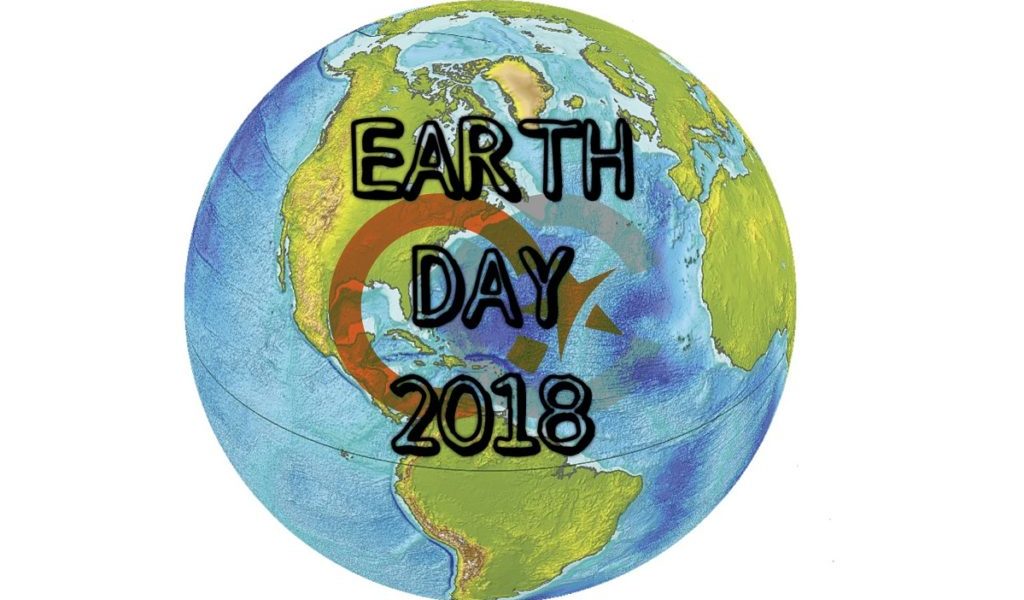
Earth Day, which falls on April 22, commemorates an annual tradition in which over one billion people in 190 countries take action against the environmental challenges of our time, like the highly controversial topic of global warming.
In the 1970s the modern environmental movement began while American soldiers were at war in Vietnam. Americans drove gas-guzzling cars, there were no legal consequences, and air pollution was commonplace.
The Earth Day founder was Gaylord Nelson who came upon the idea for the successful environmental day when he realized he could combine the student anti-war movements with the education about air and water pollution that Carson revealed to the public. In 1970, Nelson announced to the national media he would work with a staff of 85 people to promote, what he called, a “national teach-in on the environment” and environmental awareness events across the United States.
The year of the first Earth Day, 20 million Americans rallied across the country for a healthy, sustainable environment. Protests against the deterioration of the environment included bring criticism against oil spills; pollution from factories and power plants, raw sewage, toxic dumps, pesticides; the danger of freeways to animals and the environment; deforestation and the extinction of wildlife, according to Green Cities.
Nelson’s initiation of the first Earth Day led to the creation of the U.S. Environmental Protection Agency (EPA) and the passage of the Clear Air, Clean Water, and Endangered Species Acts.
Twenty years later, in 1990, Earth Day went global with 200 million people in 141 countries working to generate recycling efforts across the globe. In fact, Earth Day was such a success that President Clinton awarded Nelson the 1995 Presidential Medal of Freedom for founding Earth Day.
Technological advancements have skyrocketed since the establishment of Earth Day in 1970 and even since the Earth Day Network began using the internet to organize activists in 2000.
The expansion and availability of the internet today on smart-phones allows people across the world to keep up with environmental news and Earth Day events.
In 2018, the launch of a Plastic Pollution Calculator to create increased awareness of how much disposable plastic people use in a year and help them make plans to reduce the waste.
“You may be lulled into thinking it is OK to consume disposable plastic products because you plan to recycle them, but many plastics can’t be efficiently recycled and will end up in the landfill or littering the planet, even in the most remote places. Also, some localities lack the most basic infrastructure to manage waste and to sort and recycle plastics. For this reason, it is much more important to focus on reducing your own level of plastic consumption,” says Valeria Merino, Vice-President of Global Earth Day at Earth Day Network.
For more information about Earth Day events and activities please visit Earthday.org.
Start your own action plan with this toolkit.
There has been a critical error on your website.<\/p>
Learn more about debugging in WordPress.<\/a><\/p>","data":{"status":500},"additional_errors":[]}
